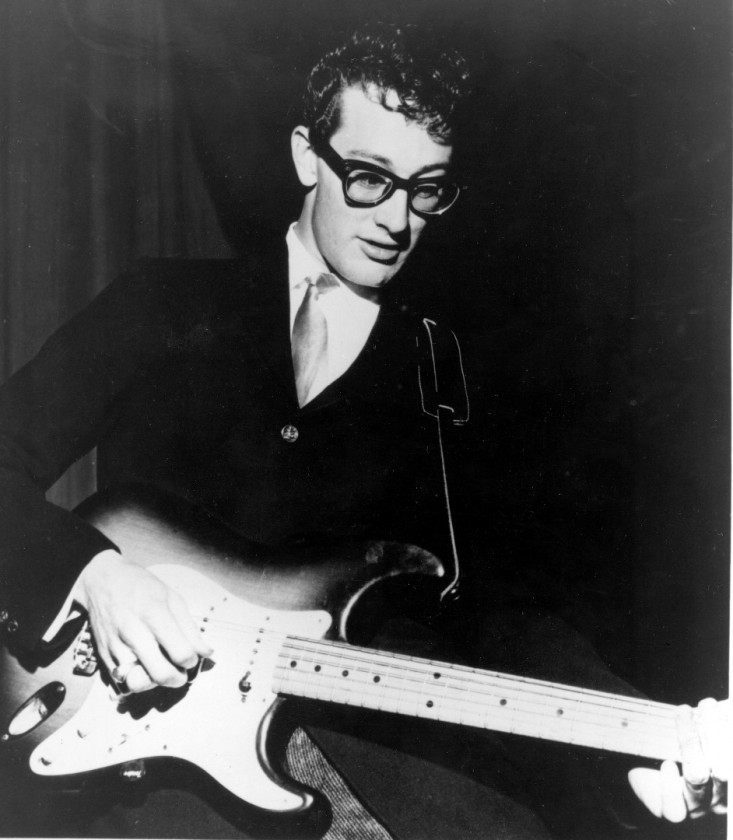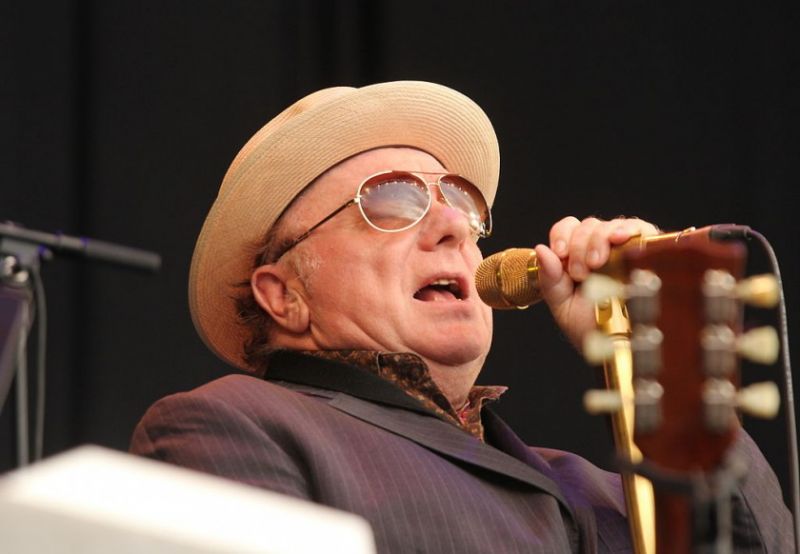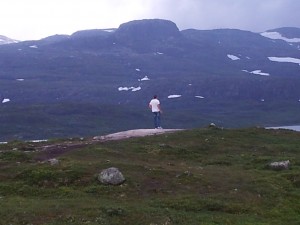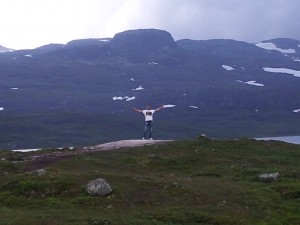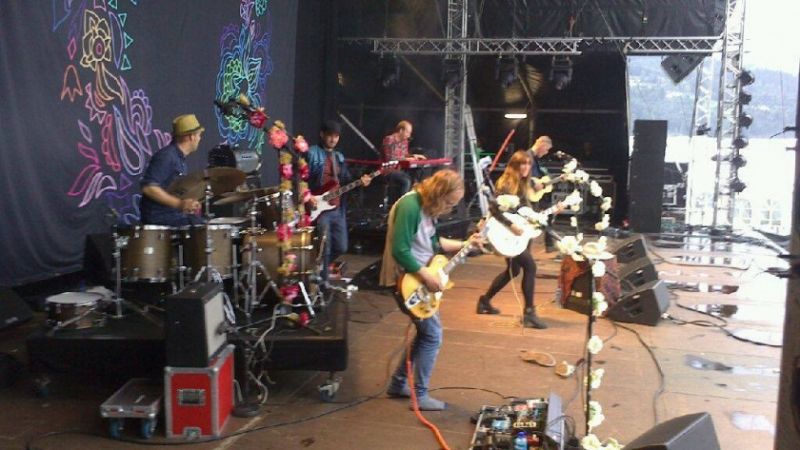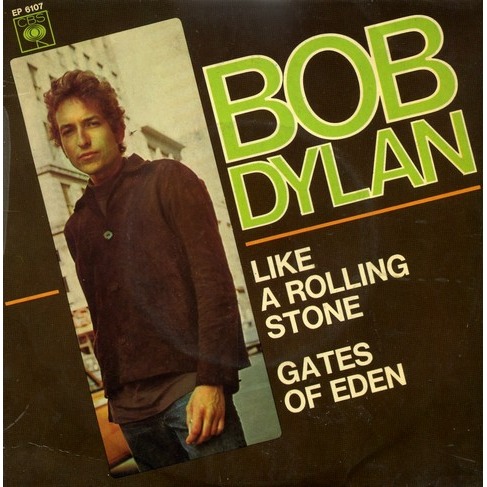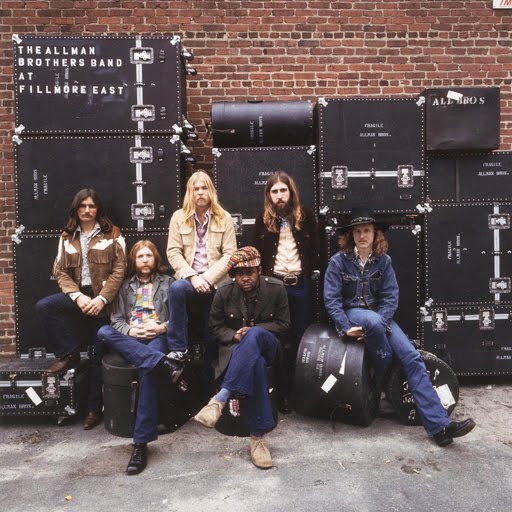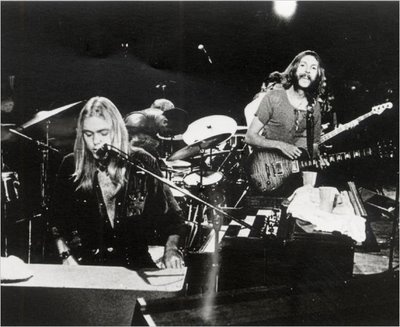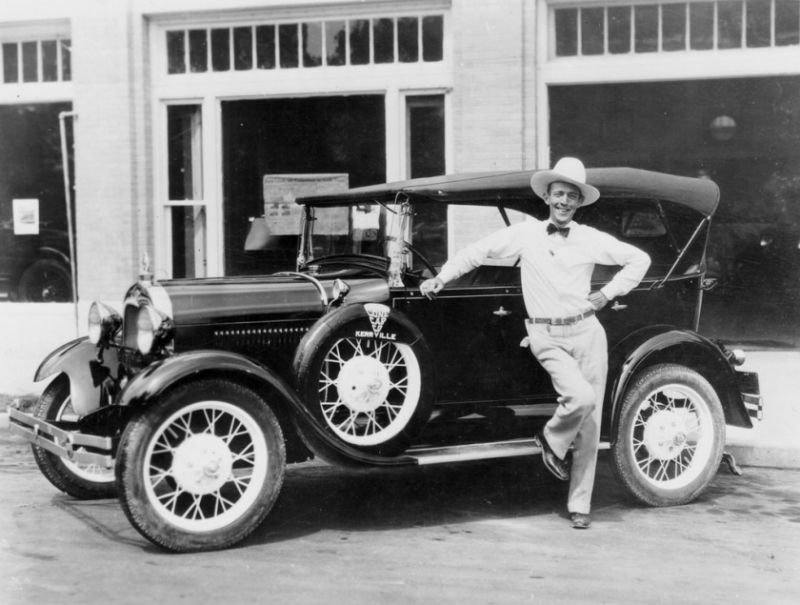
“Jimmie Rodgers’ name stands foremost in the country music field as the man who started it all.”
– brass plaque at the Country Music Hall of Fame
“The most inspiring type of entertainer for me has always been somebody like Jimmie Rodgers, somebody who could do it alone and was totally original. He was combining elements of blues and hillbilly sounds before anyone else had thought of it. He recorded at the same time as Blind Willie McTell but he wasn’t just another white boy singing black. That was his great genius and he was there first… he sang in a plaintive voice and style and he’s outlasted them all.”
~Bob Dylan“He was a performer of force without precedent with a sound as lonesome and mystical as it was dynamic. He gives hope to the vanquished and humility to the mighty.”
~Bob Dylan“He is the voice of wilderness in our heads.”
~Bob Dylan
James Charles “Jimmie” Rodgers (September 8, 1897 – May 26, 1933) was an American country singer in the early 20th century known most widely for his rhythmic yodeling. Among the first country music superstars and pioneers, Rodgers was also known as “The Singing Brakeman”, “The Blue Yodeler”, and “The Father of Country Music”.

From allmusic.com – David Vinopal:
His brass plaque in the Country Music Hall of Fame reads, “Jimmie Rodgers’ name stands foremost in the country music field as the man who started it all.” This is a fair assessment. The “Singing Brakeman” and the “Mississippi Blue Yodeler,” whose six-year career was cut short by tuberculosis, became the first nationally known star of country music and the direct influence of many later performers, from Hank Snow, Ernest Tubb, and Hank Williams to Lefty Frizzell and Merle Haggard. Rodgers sang about rounders and gamblers, bounders and ramblers — and he knew what he sang about. … read more @ allmusic.com
My favorite Jimmie Rodgers song, Gambling Bar Room Blues:
Legacy:
- When the Country Music Hall of Fame was established in 1961, Rodgers was one of the first three (the others were Fred Rose and Hank Williams) to be inducted.
- Rodgers was elected to the Songwriters Hall of Fame in 1970 and, as an early influence, to the Rock & Roll Hall of Fame in 1986.
- “Blue Yodel No. 9” was selected as one of The Rock and Roll Hall of Fame’s 500 Songs that Shaped Rock and Roll.
- Rodgers was ranked No. 33 on CMT’s 40 Greatest Men of Country Music in 2003.
- Both Gene Autry and future Louisiana governor Jimmie Davis (author of “You Are My Sunshine”) began their careers as Jimmie Rodgers copyists
- Merle Haggard, Hank Snow, and Lefty Frizzell later did tribute albums.
- In 1997 Bob Dylan put together a tribute compilation of major artists covering Rodgers’ songs, “The Songs of Jimmie Rodgers, A Tribute”. The artists included Bono, Alison Krauss & Union Station, Jerry Garcia, Dickey Betts, Dwight Yoakam, Aaron Neville, John Mellencamp, Willie Nelson and others. Dylan had earlier once remarked, “The songs were different than the norm. They had more of an individual nature and an elevated conscience… I was drawn to their power.”
- Rodgers was one of the biggest stars of American music between 1927 and 1933, arguably doing more to popularize blues than any other performer of his time.
- Rodgers influenced many later blues artists, among them Muddy Waters, Big Bill Broonzy, and Chester Arthur Burnett, better known as Howlin’ Wolf. Jimmie Rodgers was Wolf’s childhood idol. Wolf tried to emulate Rodgers’s yodel, but found that his efforts sounded more like a growl or a howl. “I couldn’t do no yodelin’,” Barry Gifford quoted him as saying in Rolling Stone, “so I turned to howlin’. And it’s done me just fine.”
- Rodgers’ influence can also be heard in artists including Tommy Johnson, the Mississippi Sheiks, and Mississippi John Hurt, whose “Let the Mermaids Flirt With Me” is based on Rodgers’ hit “Waiting On A Train”.
- In “Cleaning Windows,” Van Morrison sings about listening to Rodgers.
- In May 2010, a second marker, on the Mississippi Country Music Trail, was erected near Rodgers’ gravesite, marking his role as The Father of Country Music
Here is a lovely presentation of the legend, Jimmie Rodgers 2011 Folk Alliance International Lifetime Achievement Award Recipient:
Blue Yodel No 1 (T For Texas):
Waiting for a Train:
Album of the day: The Singing Brakeman – The Essential Recordings :
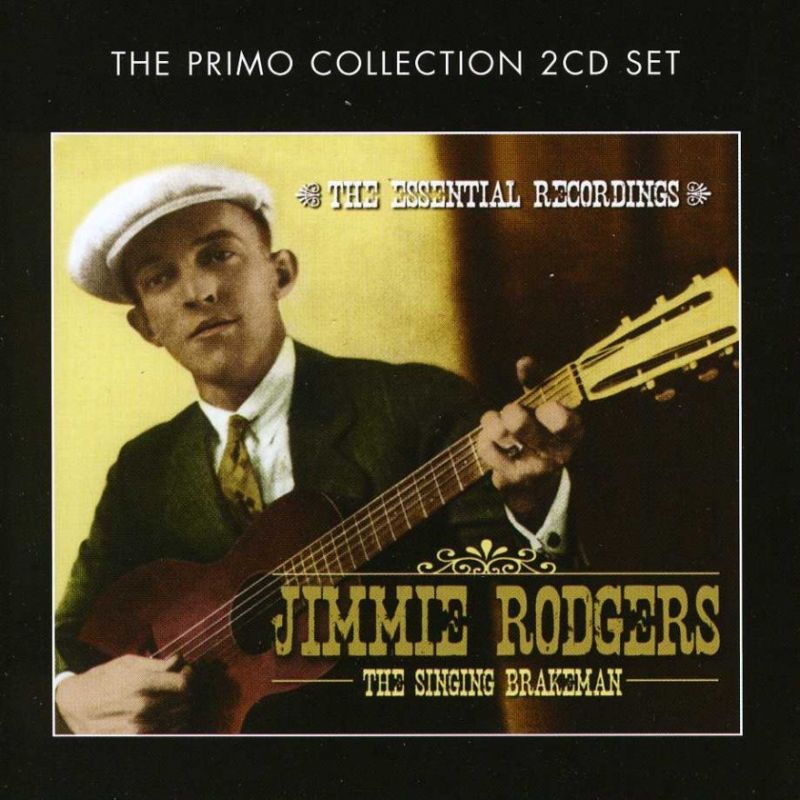
Other September 8:
Continue reading Today: The late Jimmie Rodgers was born in 1897 116 years ago




